.jpg)
Occupying less than 1% of the ocean's area, the coral reef ecosystem is home to more than 25% of marine species, making it the "lungs" of the ocean. However, according to Dr. Nguyen Dang Ngai, Deputy Director of the Institute of Marine Resources and Environment, over the past 10 years, coral reefs in the bays of Cat Ba Archipelago have declined in terms of coverage, area and number of species. The main causes are aquaculture, aquaculture, destructive fishing methods, and unplanned marine ecotourism services.
In recent years, coral reefs in this sea area have shown signs of good recovery. This is the result of the efforts to protect coral reefs by Cat Ba National Park from 2021 to present, including the program "Coral reef monitoring to propose some solutions for effective management and conservation of coral reefs" within the framework of the Vietnam Business Alliance for the Environment (VB4E). The program is implemented by Cat Ba National Park in coordination with the International Union for Conservation of Nature (IUCN) with funding from TH Group .
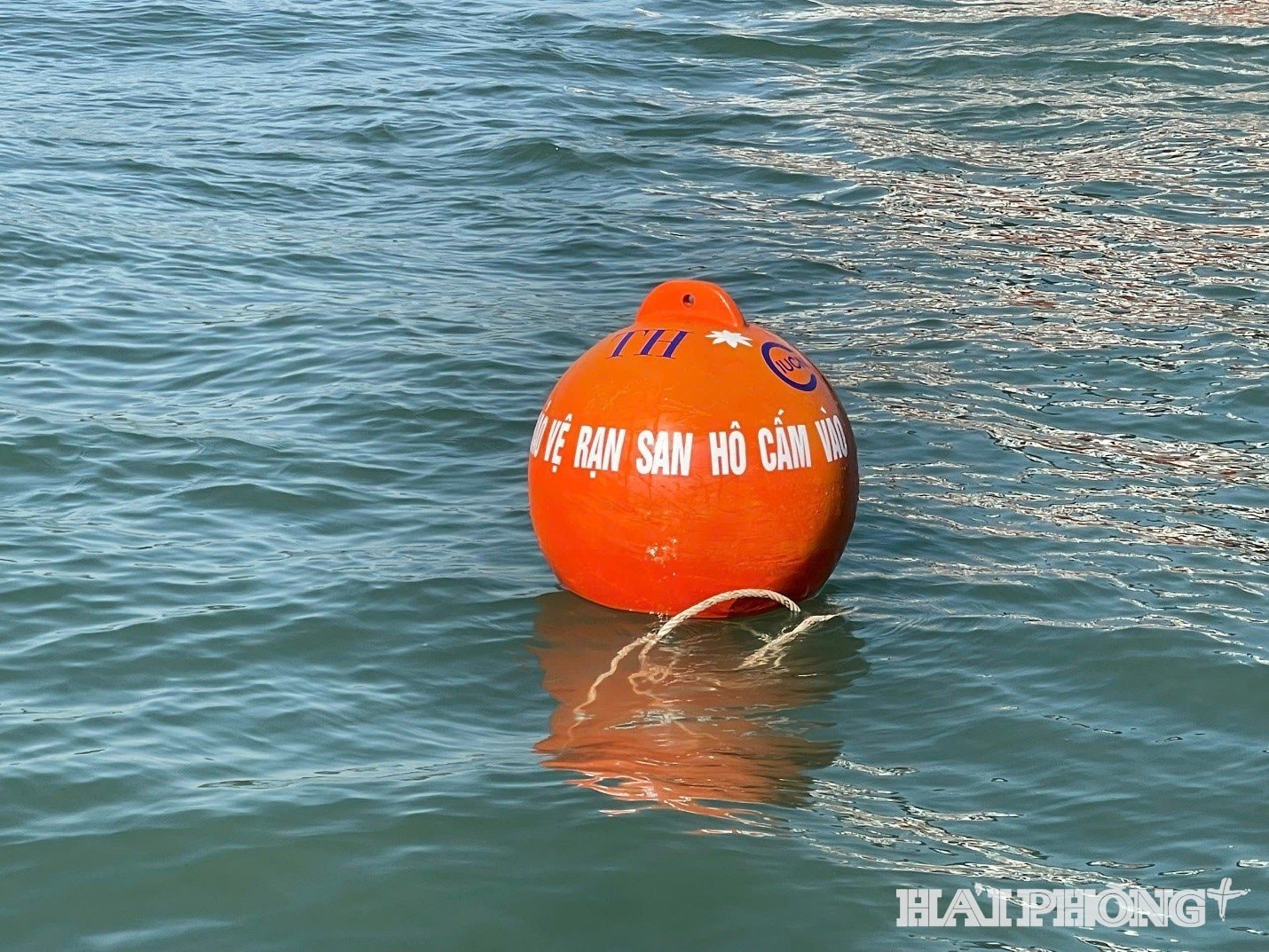
Based on the monitoring results, Cat Ba National Park has proposed a number of solutions to effectively manage and conserve coral reefs in this area, including: Establishing a system of buoys to protect and warn of coral reef protection. Up to now, TH Group has coordinated with Cat Ba National Park to establish a system of nearly 100 buoys to protect nearly 34 hectares of sea surface with coral reefs distributed in the areas of Van Ta, Gio Cung and Ba Dinh on the bays of Cat Ba archipelago.
Each block measures 40x40x40 cm, weighs about 100 kg, and has a system of wires connecting to a buoy on the water surface. Mr. Nguyen Nam Thang, an officer of Cat Ba National Park, said that previously, the technical department only used 1 cable to connect the buoy. Since 2024, an additional rope has been reinforced. "This rope is very durable, with a lifespan of about 10 years. Every year we maintain the buoy and replace the connecting rope if necessary," said Mr. Thang.
.jpg)
The results of establishing a buoy system to protect coral reefs are quite clear. The orange buoys on the sea surface have a strong warning effect, preventing tourist boats or fishing boats from anchoring in those areas, affecting the living environment and health of the coral reefs below. When the buoy system is released at a sufficiently high density, it means that the area that needs to be preserved is visually identified and easily identified. From here, people and passing boats quickly recognize areas with coral reefs that need protection to proactively avoid and not anchor boats. At the same time, the buoys also create favorable conditions for functional forces to patrol, inspect, and handle violations of the law, limiting illegal fishing in ecological zones to protect coral reefs.
Ms. Hoang Thi Thanh Thuy, Director of Sustainable Development of TH Group said: "Conserving coral reefs in Cat Ba National Park is one of many projects implemented by the Group within the framework of the Vietnam Business Alliance for the Environment. TH Group's support for Cat Ba National Park in releasing buoys to demarcate coral reef ecosystems is one of the important solutions to manage, enforce laws, and preserve coral reef ecosystems."
Mr. Nguyen Van Thiu, Director of Cat Ba National Park, said: "The activity of releasing buoys to identify areas in need of conservation is very popular in the world . It contributes to clearly defining the distribution areas of coral reefs; helping fishing vessels and tourism services to identify the boundaries of protected areas, avoiding people from traveling in this area; at the same time creating favorable conditions for patrolling, checking and strengthening law enforcement, and handling violations."
In the world, the activity of dropping buoys to identify areas in need of conservation is very popular. In Vietnam, this is a mandatory activity according to the Fisheries Law when establishing a conservation area. Due to financial difficulties, the buoy system in many conservation areas, including Cat Ba National Park, is not really complete. The support of TH Group in the past time is a practical action, promoting conservation activities more effectively.
However, there are still many areas for coral reef restoration in the bays of Cat Ba archipelago that have not been set up with a buoy protection system. Coral reef restoration in Cat Ba waters will take a lot of time and cost money. With the cooperation of businesses and international organizations, precious coral reefs in the bays of Cat Ba archipelago in particular and the entire northern sea area of Vietnam in general will have many opportunities for restoration in the near future.
According to statistics from the Institute of Marine Research (Ministry of Agriculture and Environment), the waters of Cat Ba archipelago have about 84 species of hard corals belonging to 33 genera, 11 families, and 1 order. The coral reefs along Cat Ba island have an atypical fringing reef structure and are divided into 3 sub-reef types: closed reefs, semi-closed reefs, and open reefs. The total area of the reef is estimated at about 85 hectares, the coral reefs are scattered and often small and narrow. Areas with good coral reefs are Ang Tham, Cat Dua, Mui Hong, Ba Trai Dao islands (in the southeast of Cat Ba island), Dau Be-Hang Trai and Long Chau island clusters.
Source: https://baohaiphongplus.vn/hoi-sinh-vung-san-ho-quy-o-cat-ba-416476.html



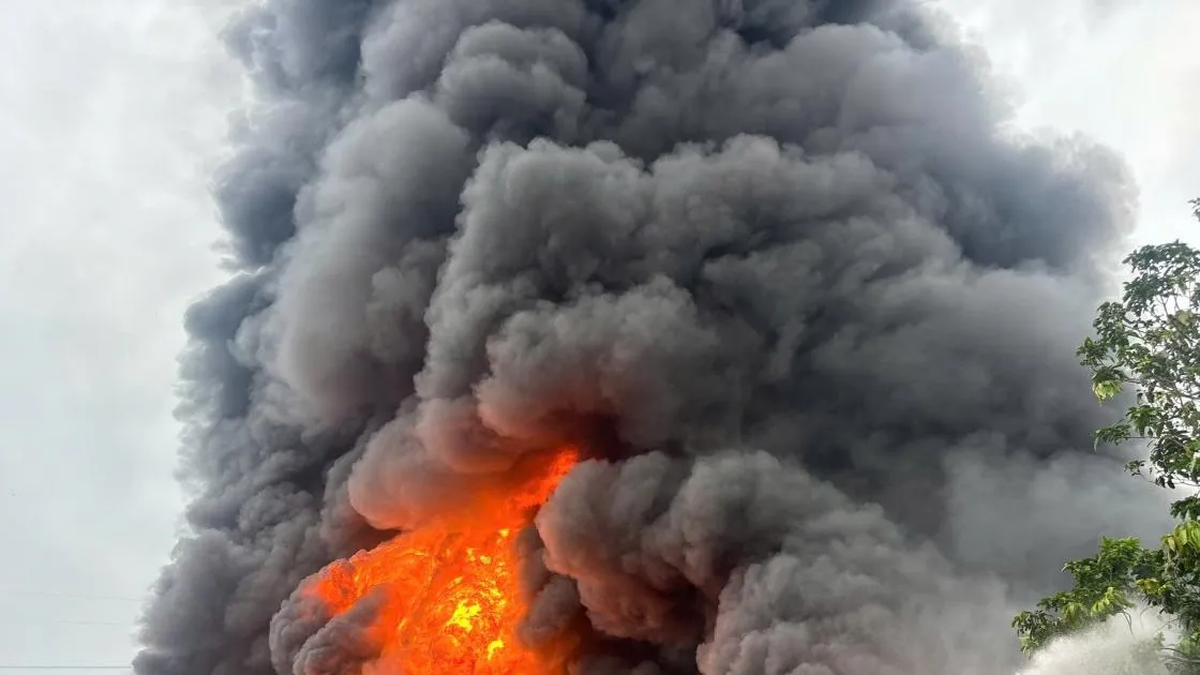
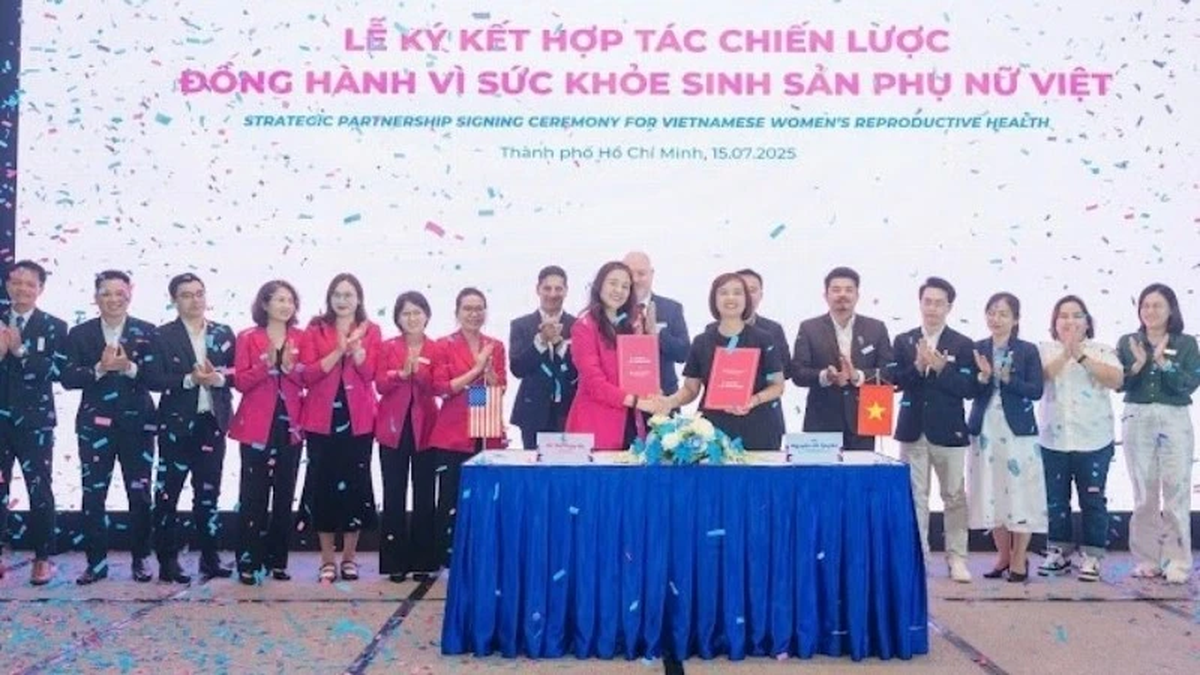


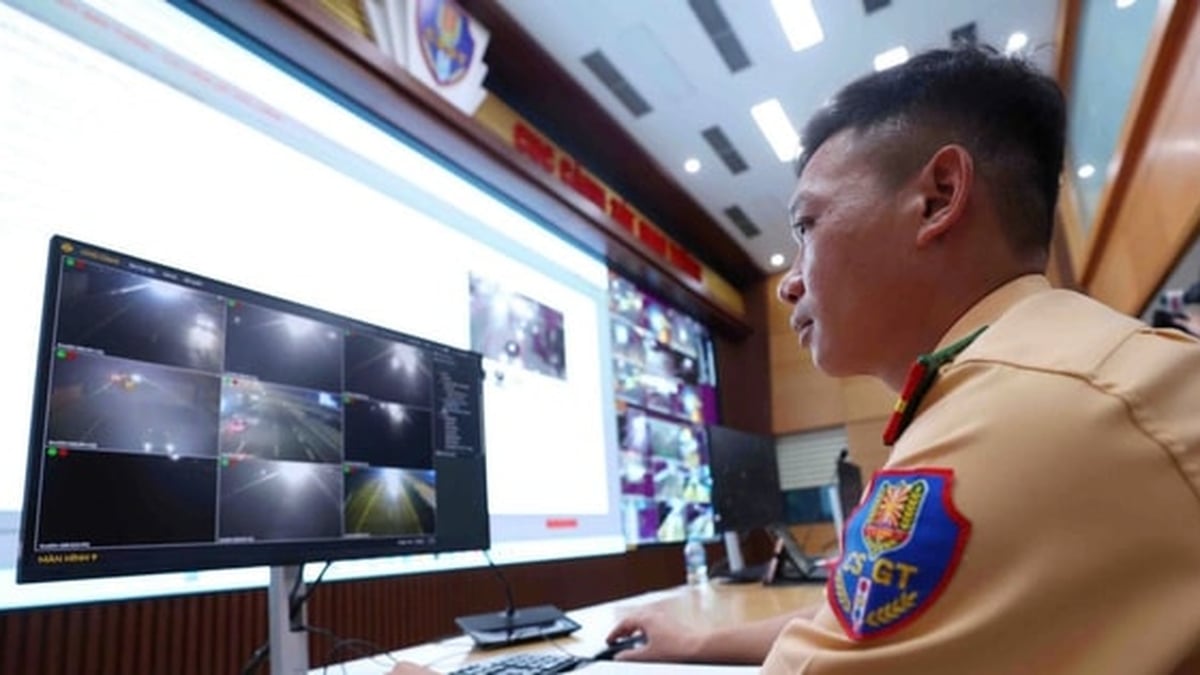

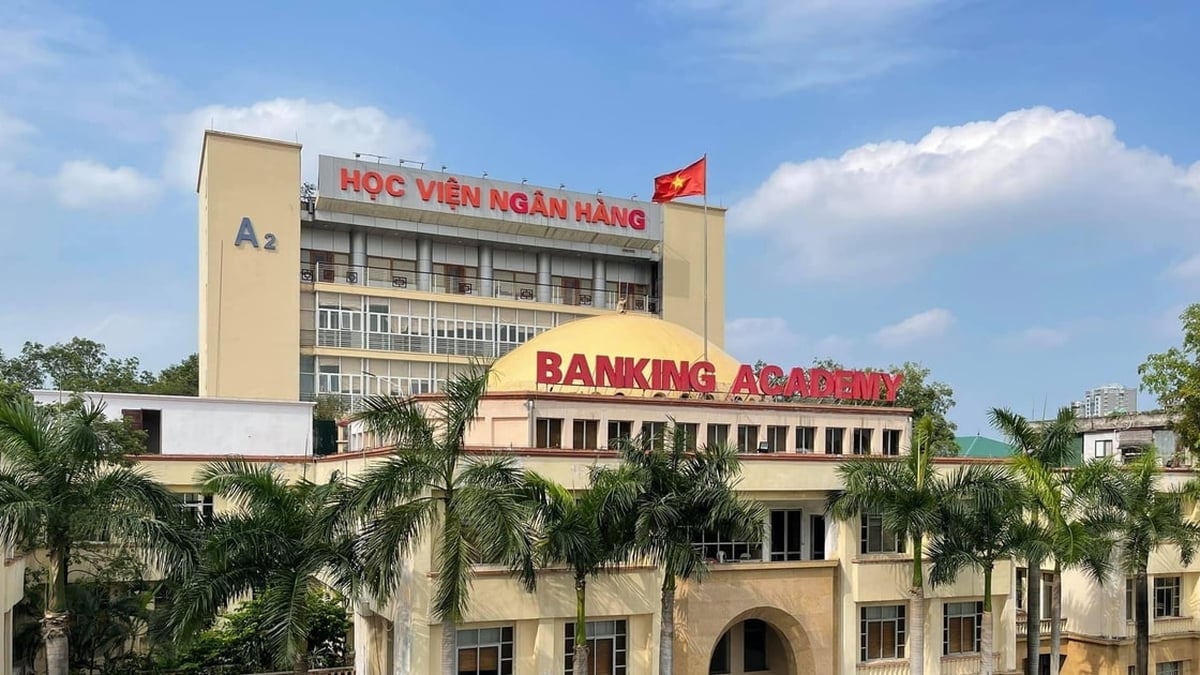

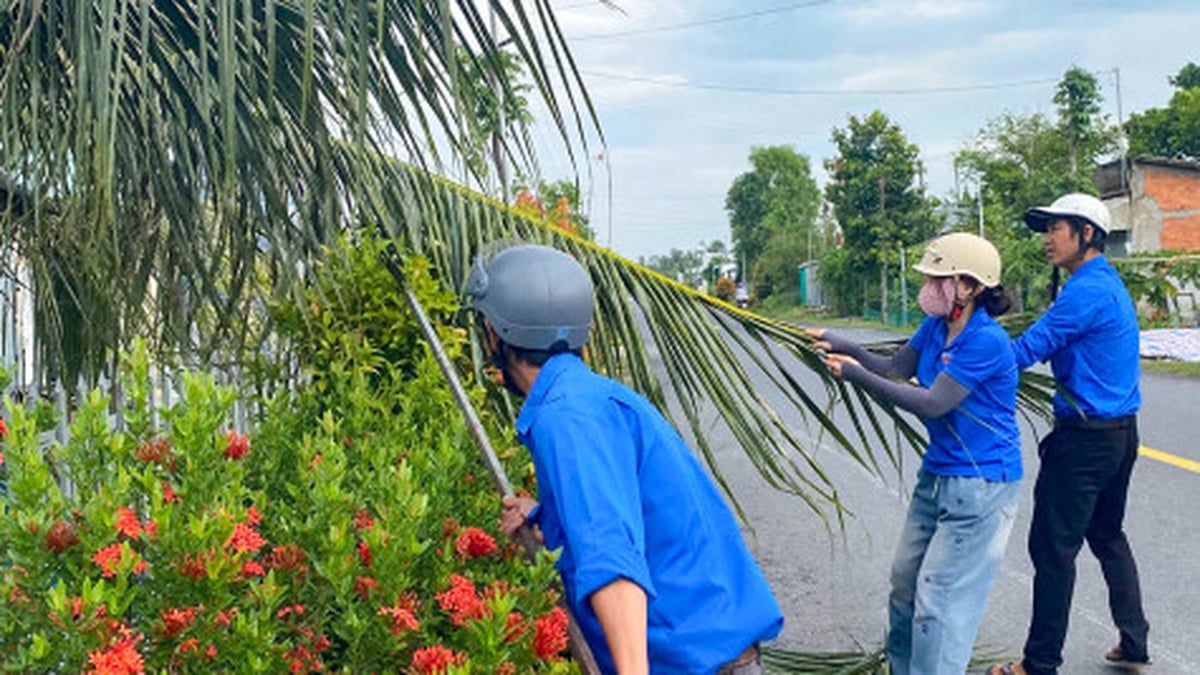












































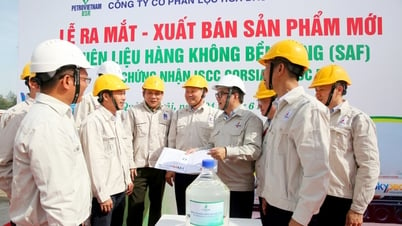





![[Maritime News] More than 80% of global container shipping capacity is in the hands of MSC and major shipping alliances](https://vphoto.vietnam.vn/thumb/402x226/vietnam/resource/IMAGE/2025/7/16/6b4d586c984b4cbf8c5680352b9eaeb0)




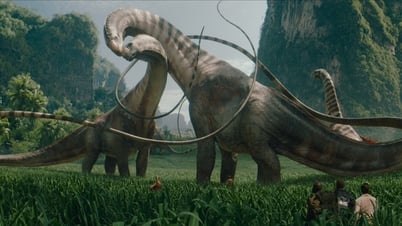

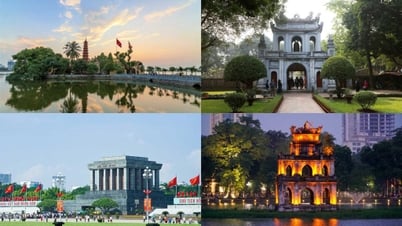



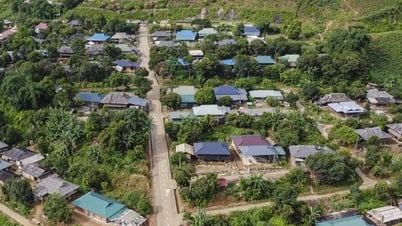
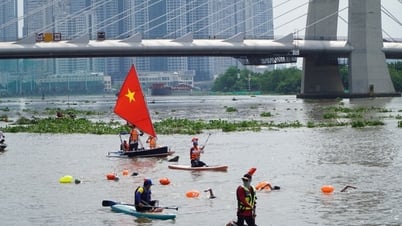
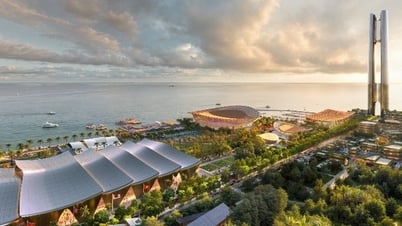
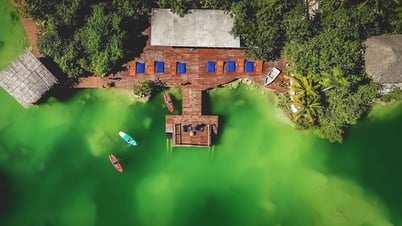
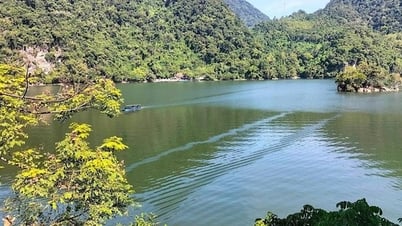























Comment (0)